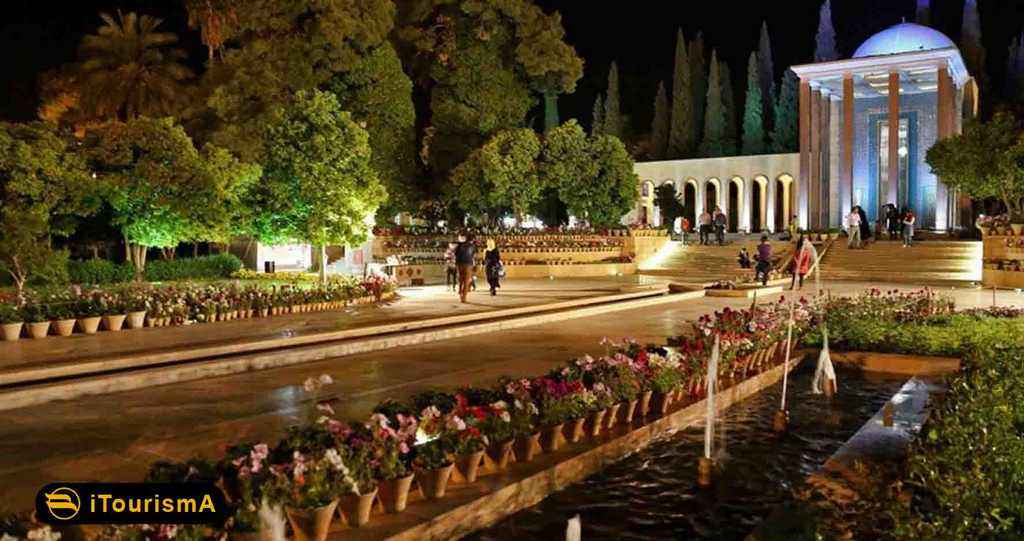Great Wall of Gorgan
The ‘Red Snake’ in northern Iran, which owes its name to the red colour of its bricks, is at least 195km long.
A canal, 5m deep or more, conducted water along most of the Wall.
Its continuous gradient, designed to ensure regular water flow, bears witness to the skills of the land-surveyors responsible for marking out the Wall’s route.
Over 30 forts are lined up along this massive structure.
It is also known as the Great Wall of Gorgan, the Gorgan Defence Wall, Anushirvân Barrier, Firuz Barrier and Qazal Al’an, and sometimes Sadd-i-Iskandar, (Persian for dam or barrier of Alexander).
The wall is second only to the Great Wall of China as the longest defensive wall in existence, but it is perhaps even more solidly built than the early forms of the Great Wall.
Larger than Hadrian’s Wall and the Antonin Wall taken together, it has been called the greatest monument of its kind between Europe and China.

Great Wall of Gorgan
The system is remarkable not only in terms of its physical scale, but even more so in terms of its technical sophistication.
In order to enable construction works, canals had to be dug along the course of the defensive barrier, to provide the water needed for brick production.
These canals received their water from supplier canals, which bridged the Gorgan River via qanats.
The forts were filled with barracks of standardized design, suggesting that the Sassanian army was well organized.
Further evidence for a high level of organization of the Sassanian armed forces is provided by hinterland campaign bases, each of ca. 40 ha size.
In one of them, rectangular enclosures in neat double rows have been found, the remnants of a tent city, probably of a mobile field army.
The Gorgan Wall and its associated ancient military monuments provide a unique testimony to the engineering skills and military organization of the Sassanian Empire.
They help to explain its geographic extent, from Mesopotamia to the west of the Indian Subcontinent, and how effective border defence contributed to the Empire’s prosperity in the interior and to its longevity.
These monuments are, in terms of their scale, historical importance and sophistication, of global significance.

Great Wall of Gorgan







 iTourismA
iTourismA iTourismA
iTourismA iTourismA
iTourismA
 iTourismA
iTourismA